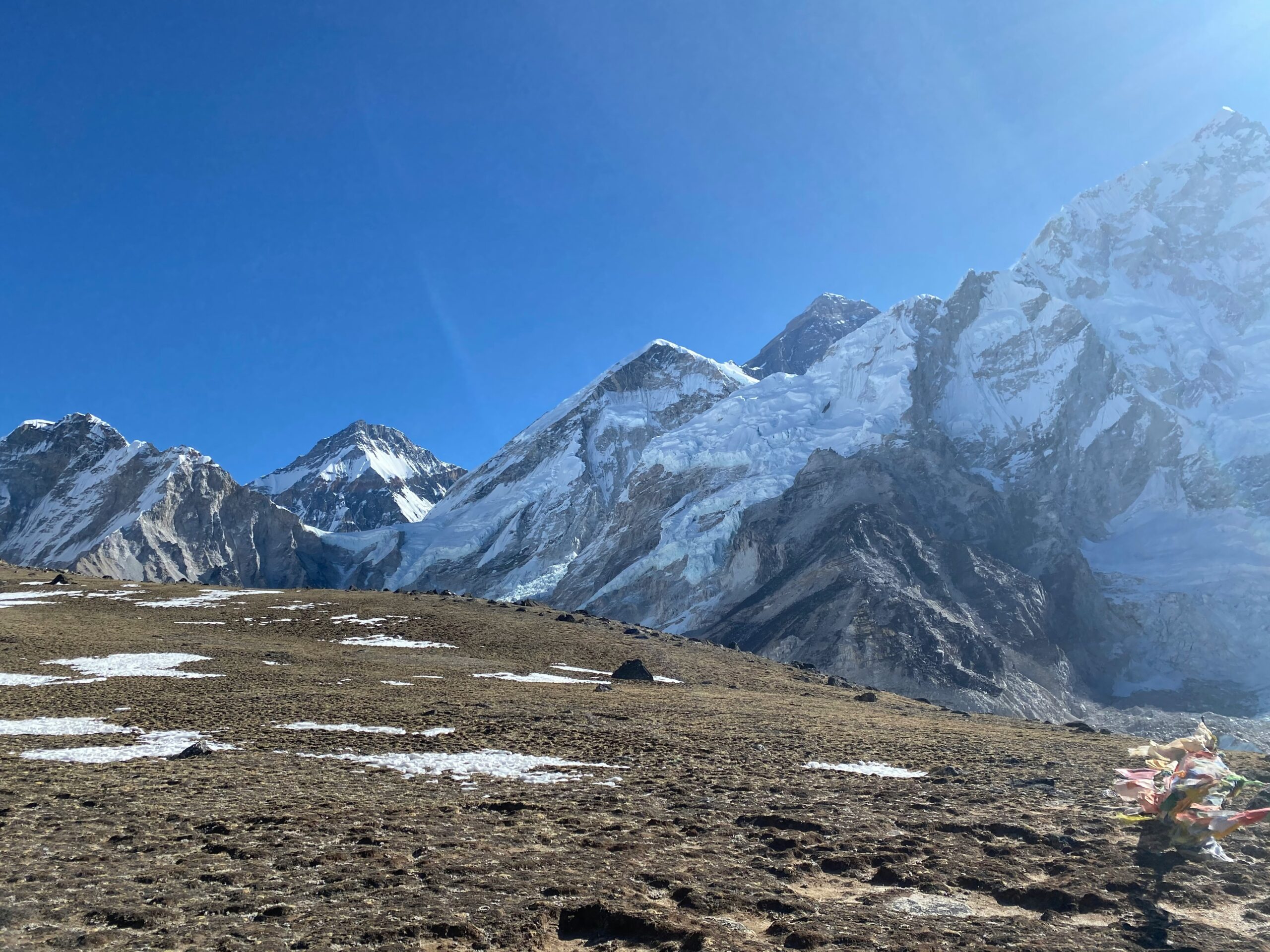Dream of scaling majestic mountains? High-altitude adventures offer unparalleled beauty and challenge, but altitude sickness can turn your trip sour. Don’t worry! By understanding the effects of thin air and following these simple tips, you can prevent altitude sickness and focus on creating unforgettable memories.
Understanding Altitude Sickness
At high altitudes, the air thins, meaning less oxygen is available. Rapid ascent doesn’t give your body enough time to produce extra red blood cells for oxygen transport. This oxygen shortage triggers symptoms like flu, carbon monoxide poisoning, or a hangover.
How to Acclimatize Safely
The good news: Most people can comfortably reach moderate altitudes (around 8,000 feet). The key is acclimatization, allowing your body to gradually adjust. Here’s how to achieve it:
- Plan Your Climb Wisely: Skip rushing straight to high points. Include rest days and gradual elevation gains. Limit daily ascents to 1,000 feet above 10,000 feet.
- Listen to Your Body: Take it easy for the first 24 hours. Avoid strenuous activities like skiing or hiking. Prioritize rest for proper acclimatization.
Recognize the Signs: Symptoms of Altitude Sickness
While most cases are mild and resolve with proper acclimatization, be aware of these symptoms:
- Loss of appetite
- Nausea
- Weakness
- Dizziness
- Difficulty sleeping (insomnia)
- Tingling sensation (pins and needles)
- Shortness of breath during exertion
- Nosebleeds
- Rapid heartbeat (pulse)
- Drowsiness
- General feeling of unwellness (malaise)
- Facial, hand, and foot swelling
How to Prevent Altitude Sickness
By following these simple tips, you can significantly reduce your risk of altitude sickness:
- Ascend Slowly: This is the golden rule! Remember, slow and steady wins the race when it comes to acclimatization.
- Rest and Recuperate: Schedule rest days, especially as you reach higher altitudes. Let your body adjust to the decreasing oxygen levels.
- Hydration is King: Dehydration worsens altitude sickness symptoms. Drink plenty of fluids, even if you don’t feel thirsty.
- Ditch the Depressants: Alcohol and sleeping pills can hinder acclimatization. Avoid them, especially during the first 24-48 hours at high altitude.
- Fuel Your Body: Carbohydrates are your friend! They provide readily available energy for your body’s acclimatization process.
Embrace the Adventure, Respect the Mountain
With proper planning, knowledge, and a healthy dose of respect for the mountain environment, altitude sickness can be easily prevented. Following these recommendations ensures a safe and enjoyable high-altitude adventure, allowing you to focus on creating unforgettable memories amidst breathtaking landscapes.
Important Note:
Your safety is of paramount importance to us at the Female Guide Holiday. We have the absolute authority to cancel the trip or change the itinerary. If necessary or when we have reason to believe your safety is at stake we will cancel the trip. Weather conditions, the health condition of a group member, natural disasters, and such, can contribute to changes in the itinerary when traveling in remote mountainous regions. In these extreme situations, we kindly request that you offer your full cooperation to the trusted leader appointed by FGH. However, we assure you that we will make every effort to keep to the above itinerary.

